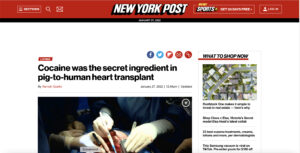NYT obit for Howard Hesseman, which was not up when I posted yesterday.
Mike the Musicologist sent this over, with the observation that it had been posted yesterday:
Cheslie Kryst. She was Miss USA 2019, and worked as a lawyer and a correspondent on “Extra”.
The number for the National Suicide Prevention Lifeline is 1-800-273-TALK (8255). If you live outside of the United States or are looking for other help, TVTropes has a good page of additional resources.
Hargus Robbins, noted session pianist in Nashville.
A longtime member of Nashville’s so-called A-Team of first-call studio musicians, Mr. Robbins appeared on thousands of popular recordings made here between the late 1950s and mid-2010s.
Many became No. 1 country singles, including Hank Snow’s “I’ve Been Everywhere” (1962), Loretta Lynn’s “Don’t Come Home A-Drinkin’ (With Lovin’ on Your Mind)” (1966) and Dolly Parton’s “I Will Always Love You” (1974). Several also crossed over to become major pop hits, Patsy Cline’s “I Fall to Pieces” (1961) and Kenny Rogers’s “The Gambler” (1978) among them.
…
Mr. Robbins’s influence was maybe most pronounced as the Nashville Sound evolved into the more soul-steeped “countrypolitan” style heard on records like George Jones’s 1980 blockbuster single, “He Stopped Loving Her Today.”
Mr. Robbins’s rippling, jazz-inflected intros to Charlie Rich’s “Behind Closed Doors” (1973) and Crystal Gayle’s “Don’t It Make My Brown Eyes Blue” (1977) became enduring expressions of the Southern musical vernacular of their era. Both records were No. 1 country and crossover pop singles.
…

